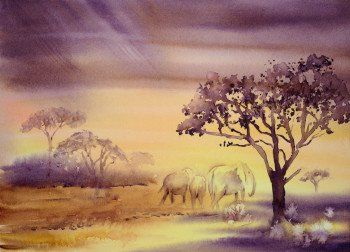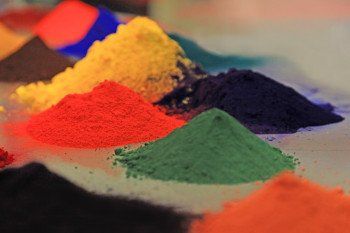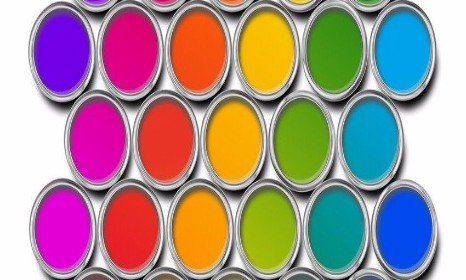A Brief History of Painting
- By Centre Colours
- •
- 01 Nov, 2018
- •

Painting is one of the world’s oldest art forms, and studying the pictures of our ancestors has helped art historians discover a wealth of knowledge about our past. The history of painting could fill a lengthy book many times over, but for a quick run through of the most prominent periods of Western art, read on.
Pre-History
The oldest known painting is approximately 40,000 years old, and early examples of painting by Neanderthal and prehistoric humans have been found all over the world. Painted using red ochre and black pigment, they usually depict common animals that were hunted, such as horses, rhinos and lions.
Middle Ages
The rise of Christianity dominated the majority of art in the Middle Ages, which placed emphasis on traditional iconography and religious figures. Illuminated manuscripts were one of the most common styles and were often painstakingly hand painted with motifs and calligraphy.
Renaissance
This painting style first emerged in Italy in the 1400s, and the Renaissance covers a vast period up to the mid 17th century. The movement affected not only art, but also sculpture, music and literature, and is characterised by an interest in nature, individualism, beauty and spirituality. Famous Renaissance paintings include Da Vinci’s Mona Lisa and Michelangelo's The Creation of Adam.
Rococo
Also known as ‘late Baroque’, this painting style emerged in France and Italy in the 1730s, and is characterised by a highly decorative and lavish appearance. Common subjects of Rococo paintings include young nobles, pastoral scenes or mythology.
19th Century
The 19th century saw a rapid increase in expression and ‘art for arts sake’ as painters discovered themes beyond religion or history. Different movements include Romanticism, which saw a focus on landscapes, Impressionism with its distinct, visible small brush strokes and Symbolism, which drew inspiration from dreams and mythology.
20th Century and beyond
Painters including Van Gogh, Gauguin and Matisse were central to the development of modern art as we know it. One of the first emerging movements of the 20th century was Fauvism; a multi-coloured, expressive style that depicted both landscapes and figures. By contrast, Cubism was far more analytical, with a focus on geometric form. Picasso is arguably the most famous of the Cubist painters, with works including Guernica and The Weeping Woman.
The latter half of the 20th century saw emerging styles including Pop Art from artists Andy Warhol and Roy Lichtenstein, abstract art (Kavinsky is one of this movement’s most well known artists) and neo-expressionism, which emerged in the late 1970s and depicts familiar objects in a colourful, emotive style.
At Centre Colours, we’re passionate about paint, pigments and ink in all their forms, so if you’re after high quality pigment dispersions for the ink, paint or coating industries we’ve got you covered. Whether you need an off the peg colour or custom blend, regular supply or a single batch, visit our website today to see the range of professional products and services on offer.










